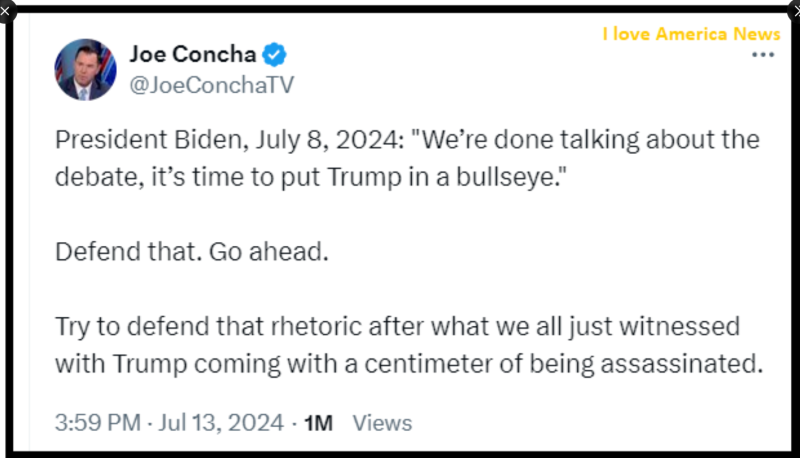Examining the Incitement of Violence and the Need for Peaceful Discourse in Political Leadership
Background on the Assassination Attempt

Overview of the Incident
On July 13, 2024, during a campaign rally near Butler, Pennsylvania, former President Donald Trump was the target of an assassination attempt. The shooter, Maxwell Yearick, fired at Trump, resulting in the former president sustaining an injury to his right ear. The Secret Service responded swiftly, evacuating Trump from the scene and neutralizing the threat. Unfortunately, the incident resulted in the deaths of the perpetrator and a rally attendee, while another individual remains in critical condition.
Immediate Reactions
The incident prompted immediate reactions from the public and political figures. Supporters of Trump expressed outrage and concern for his safety, while his campaign released a statement condemning the violence and calling for heightened security measures at future events. Public discourse quickly shifted to the broader implications of political rhetoric and its potential to incite violence.
Who is Maxwell Yearick?
Profile of the Shooter
Maxwell Yearick, a 30-year-old resident of Perry South, had a troubled history with law enforcement. Known for his involvement in violent protests and criminal activities, Yearick had been on the FBI’s radar for previous threats against Trump. His background includes multiple arrests related to aggressive behavior during anti-Trump demonstrations and other politically charged events.
Events Leading to the Attack
Yearick’s recent activities suggested a growing animosity towards Trump. Reports indicate that he had been vocal about his opposition to Trump and had previously made threatening statements. This, combined with his history of violence, painted a picture of a man driven by a desire to act on his political grievances.
The Role of Political Rhetoric
Analysis of Biden’s Statements
President Joe Biden’s comments on July 8, 2024, have come under intense scrutiny following the assassination attempt. His statement, “We’re done talking about the debate, it’s time to put Trump in a bullseye,” has been criticized for its potentially inflammatory nature. Such rhetoric can be perceived as incitement, especially when directed towards a polarizing figure like Trump.

Historical Context and Comparisons
History shows that political rhetoric can have dire consequences. Incendiary language from leaders has previously led to violence, as seen in various global and domestic incidents. The responsibility of political leaders to promote peace and unity is paramount, as their words can significantly influence public behavior.

The Need for Peaceful Discourse
Consequences of Incitement
Incendiary language can escalate tensions and lead to real-world violence. The assassination attempt on Trump underscores the importance of responsible rhetoric from political leaders. Leaders must use their platforms to de-escalate tensions and promote constructive dialogue.
Calls for Accountability
Political leaders must be held accountable for their words. It is essential for both parties to condemn violence unequivocally and work towards fostering a culture of respect and understanding. Bipartisan efforts are necessary to address the root causes of political violence and to prevent future incidents.
Summary of Key Points
The assassination attempt on Donald Trump by Maxwell Yearick highlights the dangers of incendiary political rhetoric. Yearick’s background and motivations, combined with the inflammatory statements from political leaders, created a volatile situation that culminated in violence.
Final Thoughts
This incident serves as a stark reminder of the power of words and the need for unity in a divided political landscape. It is a call to action for leaders and citizens alike to foster a culture of peace and respect, ensuring that political differences do not lead to violence. Responsible rhetoric and accountability are crucial in achieving this goal.
References
- Reuters – Coverage of the assassination attempt.
- CNN – Analysis of political rhetoric and its impacts.
- The Washington Post – Background on Maxwell Yearick and his criminal history.
- BBC News – Historical context and comparisons of political rhetoric leading to violence.